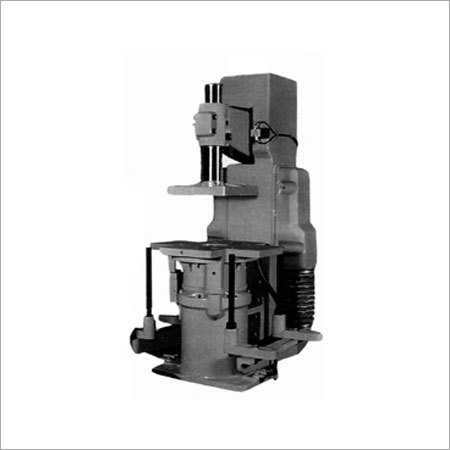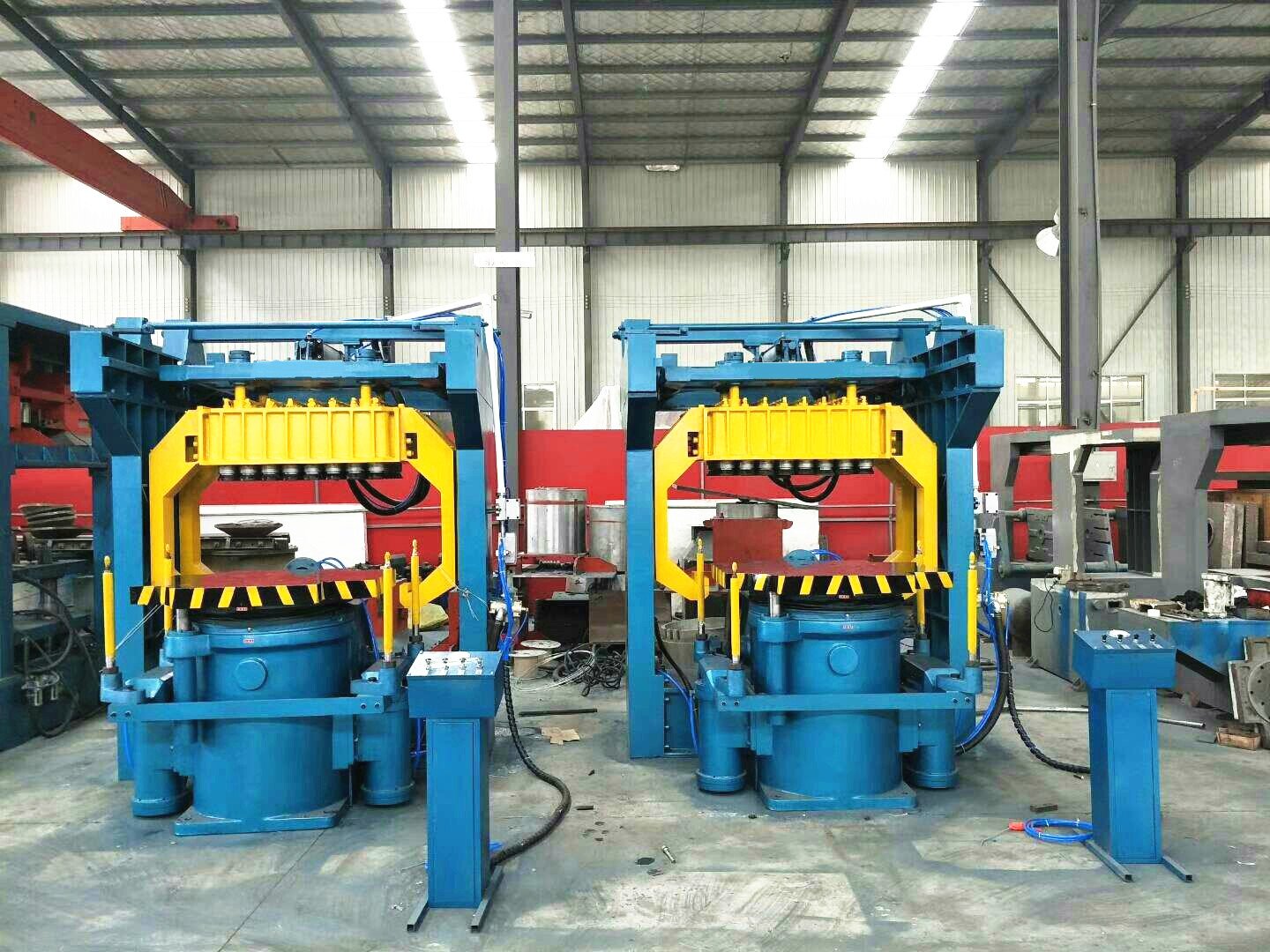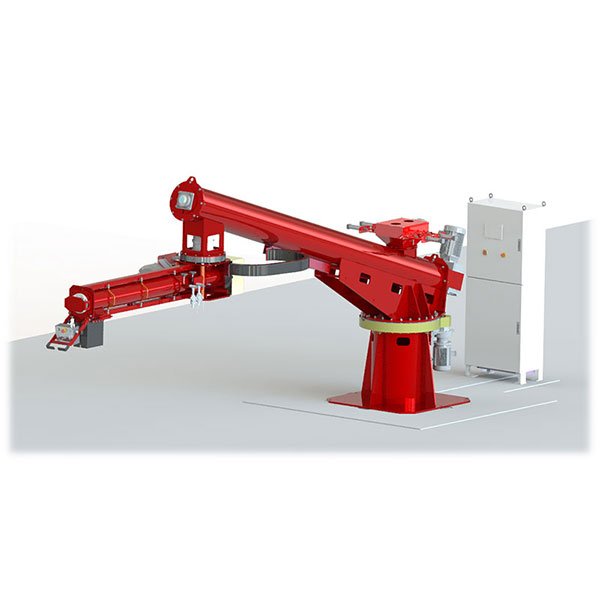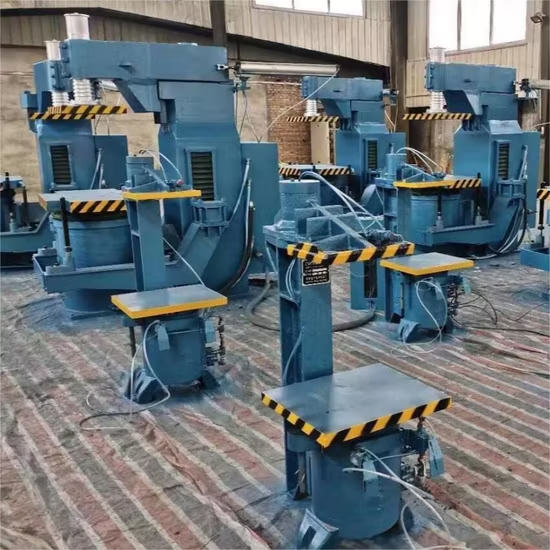Over the years working in surface preparation, I’ve lost count of how many times people asked me whether they should use a sandblaster or a shot blaster. I used to think the choice was obvious — until I started tackling more complex projects myself.
The biggest difference boils down to how each machine delivers abrasives and what kind of finish you get at the end. Sandblasters focus on precision with compressed air, while shot blasters rely on mechanical force for fast, large-scale cleaning.
This isn’t just a question of which is more powerful. It’s about what works best for your specific surface, job scale, and final finish requirements. Let me walk you through what I’ve seen firsthand on job sites.
What Is a Sandblaster? And When Should You Use One?
When I first started out, I used a sandblaster for cleaning an old motorcycle frame. I was amazed at how easily it removed years of rust without cutting into the metal. That job taught me that sandblasters are all about control and finesse.

A sandblaster uses compressed air to shoot abrasive media — usually sand, glass beads, or aluminum oxide — through a nozzle at high velocity. Because the stream is so controlled, you can focus on small details without damaging the base material.
How It Works
- The air compressor builds pressure and pushes abrasive particles through the hose.
- The nozzle directs the stream to specific points on the surface.
- Depending on the type of media, you can adjust the roughness and finish.
Where It Shines
- Restoring old car parts or antique metal pieces.
- Etching detailed designs into glass panels or stone signage.
- Removing paint or corrosion from intricate surfaces that can’t handle harsh impact.
I’ve used sandblasters for delicate aluminum parts that couldn’t afford deformation. If you want that fine, uniform finish and you’re working on small to mid-sized pieces, a sandblaster is often the better choice.
What About Shot Blasters? When Do They Make Sense?
A few years ago, I helped refurbish a large warehouse floor. We tried a sandblaster first — bad idea. We barely made progress and wasted time. That experience reminded me how crucial it is to match the tool to the job.

Shot blasters are designed for heavy-duty work. Instead of air, they use a high-speed mechanical wheel that slings steel shots (or similar metallic abrasives) onto the surface. The force is much stronger, allowing you to cover big areas quickly.
How It Works
- A motor-driven wheel spins and throws abrasive shots at high velocity.
- The shots impact the surface to remove coatings or roughen it for new overlays.
- Spent media gets collected, cleaned, and reused in a closed system.
Where They Excel
- Large concrete floors in factories or warehouses.
- Steel plates in shipyards or bridge maintenance.
- Road surfaces that need texture before new coatings.
I’ve seen how a shot blaster can finish a 500-square-meter factory floor in a single day — something a sandblaster could never do efficiently.
Key Differences: Sandblaster vs. Shot Blaster
Sometimes, it’s easiest to see the differences side by side. Here’s what I often show clients:
| Feature | Sandblaster | Shot Blaster |
|---|---|---|
| Abrasive Media | Sand, glass beads, aluminum oxide | Steel shots, steel grits |
| Mechanism | Compressed air | Mechanical wheel |
| Best Use | Small, detailed parts | Large industrial surfaces |
| Surface Finish | Smooth, fine | Rougher, aggressive |
| Cost | Lower initial, simpler maintenance | Higher upfront, but faster for big jobs |
I always tell people: think of a sandblaster like a detail paintbrush, and a shot blaster like a big roller brush. Different tools for different canvases.
Which One Should You Choose? A Practical View
I never recommend choosing based only on price or popularity. Instead, consider these practical points:

- Size of the job: Small parts or artistic work? Go sandblaster. Whole warehouse floor? Shot blaster, no question.
- Type of finish: Need a clean, polished look? Sandblaster. Need a rough profile for better adhesion? Shot blaster.
- Available resources: Shot blasters need higher upfront investment and a more robust setup (power supply, space, media recycling). Sandblasters can be simpler and cheaper to maintain.
Pick a Sandblaster If
- You restore classic cars or motorcycles.
- You make custom metal art or signage.
- You need precision on delicate surfaces.
- You’re on a limited budget but want a reliable clean.
Pick a Shot Blaster If
- You handle industrial floor prep or steel structure maintenance.
- You have tight deadlines and big areas to cover.
- You’re dealing with thick coatings or corrosion layers.
- You want to improve fatigue resistance on metal (through shot peening).
My Final Thoughts
I’ve spent countless hours around these machines, both on shop floors and at customer sites. One thing I’ve learned? There’s no one-size-fits-all solution. It always comes down to what you’re working on and the results you expect.
Sandblasters excel in precise, detail-oriented work where control is king. Shot blasters dominate when power and speed matter most on large surfaces.
Choose the machine that matches your project, your workflow, and your long-term goals. In the end, a well-prepared surface is the foundation of any good finish — and the right machine makes all the difference.







